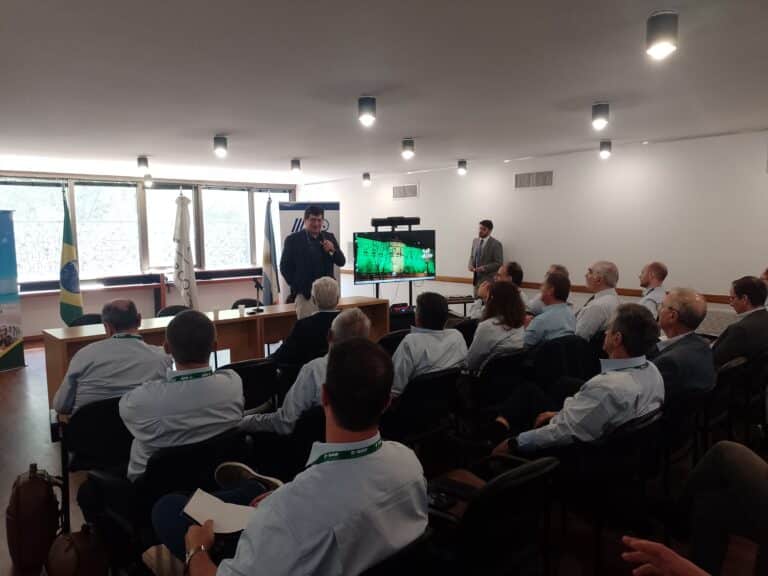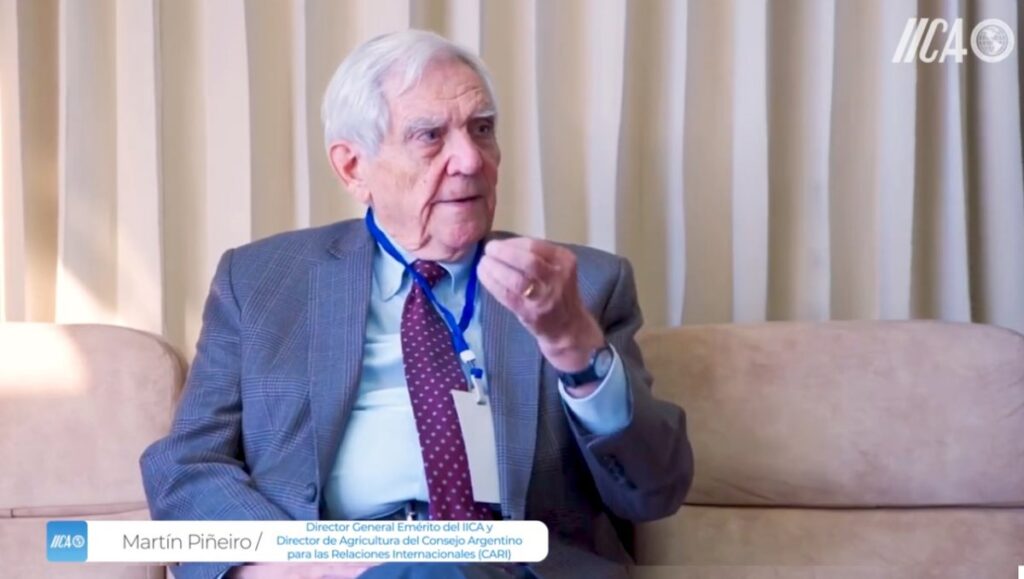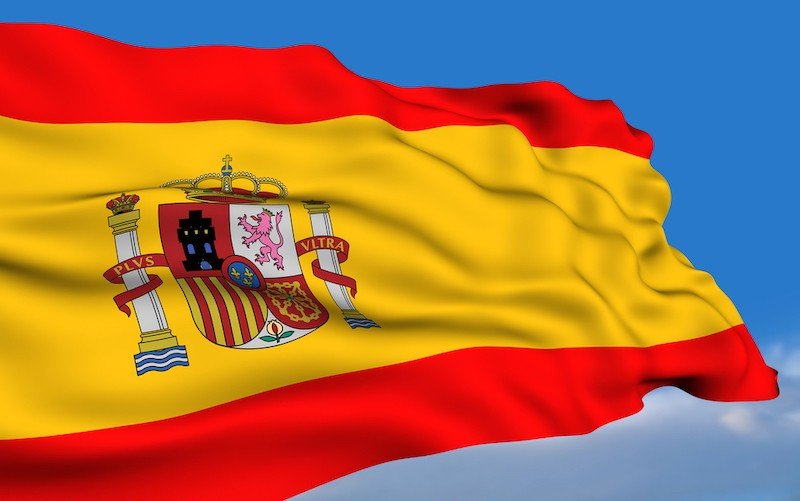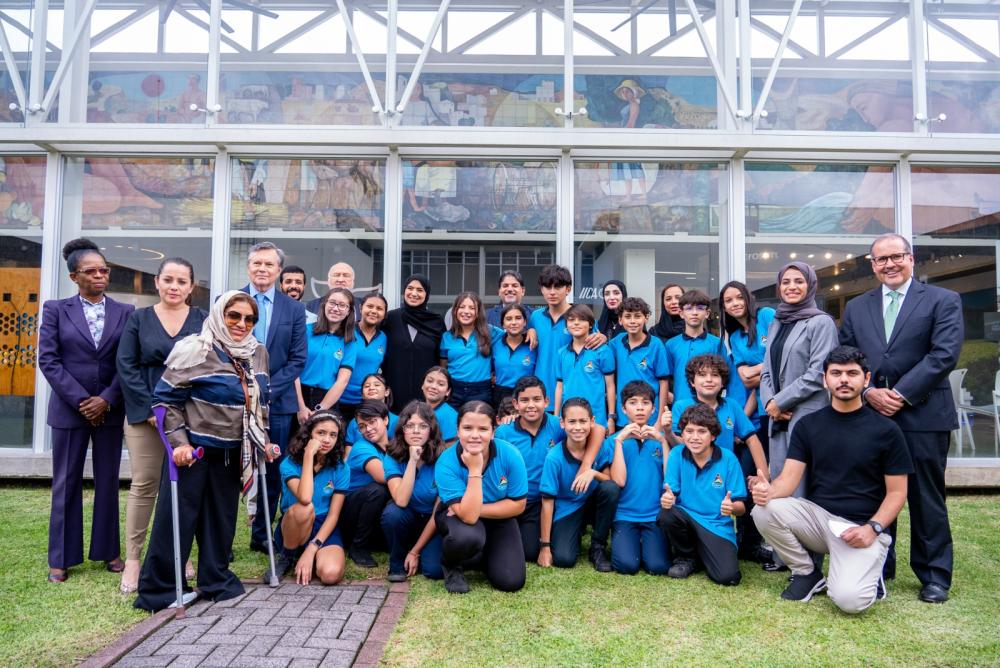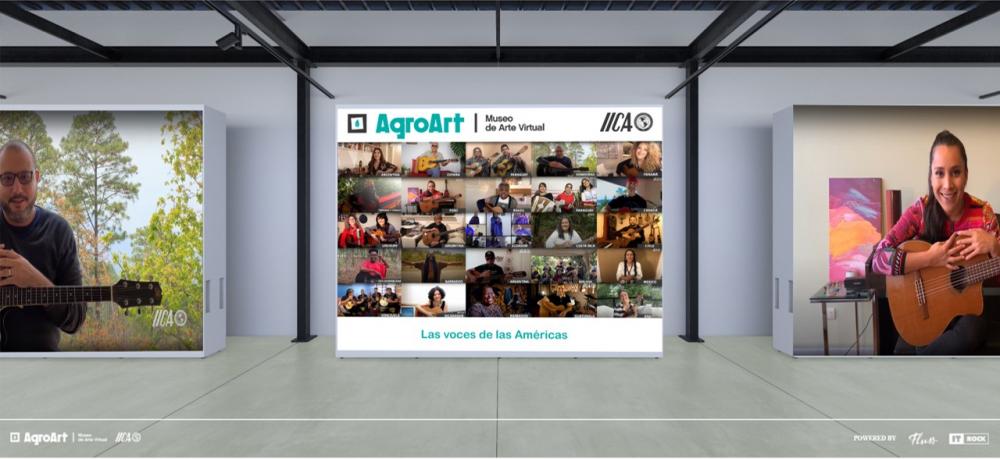Social media is powerful! Nowadays people of all ages, businesses and organizations use some form of social media. It is particularly powerful for organizations to engage their customers and stakeholders in the organization’s activities.
By using social media, we can reach out and engage others from multiple locations with ease. Interested parties can view updates of events that they were not able to attend, keep track of upcoming events and share/promote events easily with their own followers. This makes supporters feel like they are part of the cause, and in the case of IICA, promote development and corporation with Latin America and the Caribbean. Organizations and key supporters can connect with each other, promote partner events and expand their network. Social media also drives web traffic towards websites so that networks can easily be informed when website updates occur. This is important because people may not regularly visit websites or subscribe to email updates. Using social media for filling job vacancies is also worthwhile because you are reaching out to a network that is already familiar with your organization and support your cause.
Basic Rules:
- Content needs to be sharable and engaging. People need to get something out of it.
- Updates on social media need to be fairly regular in order to appear in other feeds.
- If used correctly, can boost public relations, but a wrong post/share or like can easily destroy efforts.
- A plan for using social media plan is a good idea to include platform, rate of posting and type of posting. There are many online guides that can help shape your strategy.
- It’s best to focus on only one platform if you don’t have staff dedicated to social media, so you don’t stretch your resources too far.
IICA Canada has chosen Twitter as our social media platform. A number of partners in our network use Twitter so it is an easy way for us to engage them. The word capacity allows us to efficiently share updates, and events, and by using hashtags, we can feature events held by our partners. To promote our twitter following, we hosted a competition at our Annual Accountability Seminar and encouraged the participants to tweet our seminar. We had great engagement during the event as people used our hashtags, tagged IICA Canada and made use of the other options of retweeting and liking a tweet. All these options showcased our event to the followers of our partners and promoted more visits IICA Canada’s Twitter page.
Emily Walsh – IICA Canada, Intern





